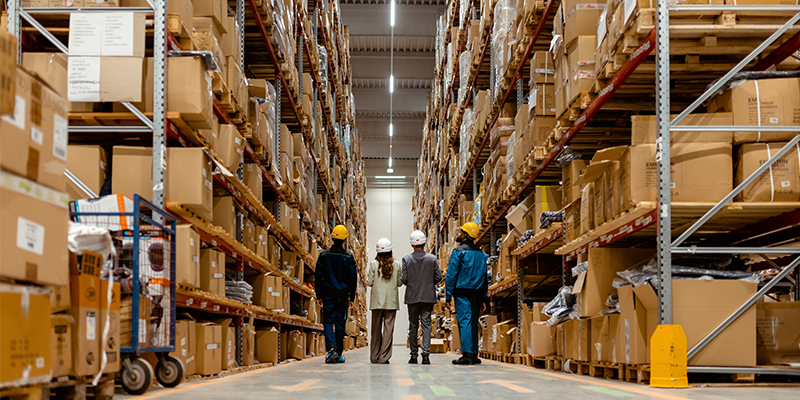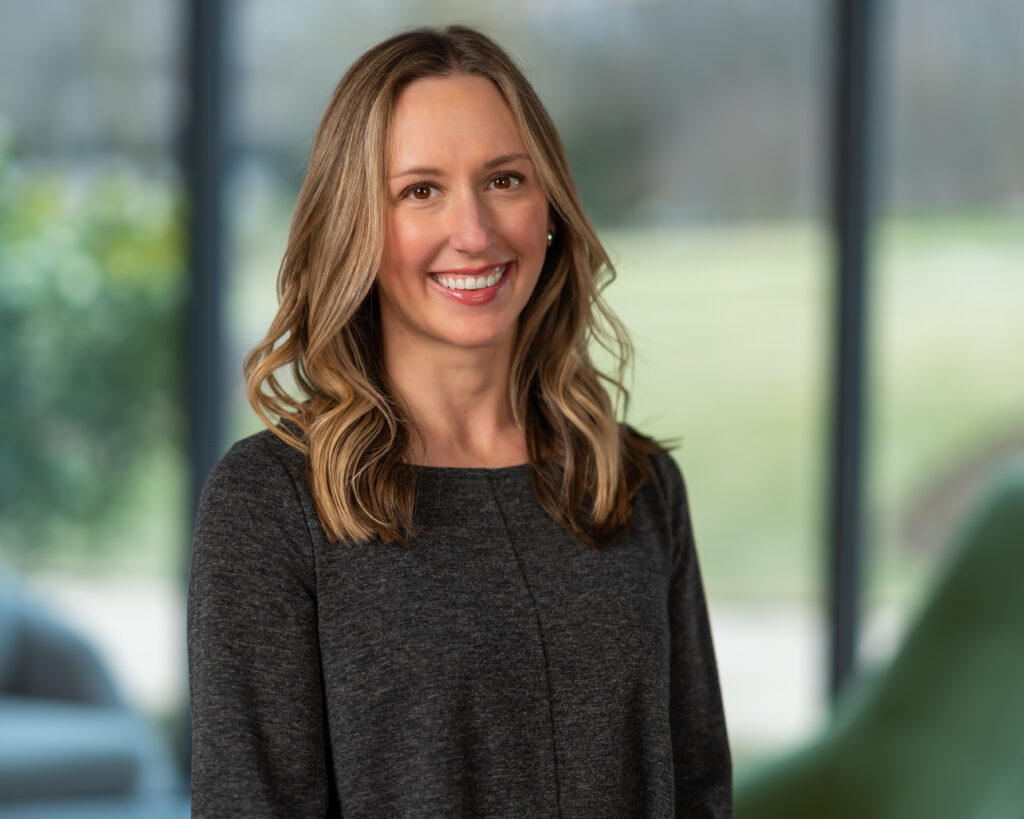By Brielle Scott
At I.CON Central this week, attendees had the opportunity to hear directly from leading end users as they shared how tax incentives, labor availability and energy constraints are shaping their real estate strategies. These in-house decisionmakers offered a candid look at how they select sites, partner with developers and tailor their approach across regions.
Scott J. Ziance, Esq., partner at Vorys, Sater, Seymour and Pease LLP, led the discussion, which included Marino Colatruglio, vice president, global workplace and corporate real estate, Cardinal Health Inc.; Akiva Freeman, senior asset manager – corporate and supply chain real estate, The Kroger Company; Tim Muckley, vice president of corporate real estate, The Sherwin-Williams Company.
“When you’re making site selection decisions, what are some of the factors you consider?” Ziance asked the group.
“Our supply chain is primarily based on our store locations,” said Freeman, noting that The Kroger Co. has grown through acquisitions. As the company has integrated, they’ve had to evaluate if legacy stores are still in the right location to service their grocery stores.
“Ours is really driven by transportation,” said Colatruglio. It’s important for Cardinal Health to be close to their customers, because they are often executing next-day delivery, he pointed out.
The company recently opened a distribution center in Columbus for the consumer health logistics division. “What that does is allow manufacturers to ship to one location,” Colatruglio explained. The facility breaks down the shipments and sends them to forward distribution centers in full truckloads.
“We do that for pharmaceuticals and consumer health products and medical products, where some of those [products] might be coming from ports overseas,” he said. Being able to consolidate the shipments and put them on full truckloads – “it’s a lot of transportation savings that drives that decision.”
Transportation is also a “huge one” for Sherwin-Williams, Muckley said. Paint is heavy; it takes a lot to get it from one location to the next. With 5,000 retail stores plus distribution to Lowe’s stores, it’s a lot to figure out.
Do state and local incentives or tax policy move the needle for them when looking at sites?
The incentive piece is a key component, but not the driver, Freeman and Colatruglio agreed. Location is the primary, then infrastructure (power and water) and labor. Incentives are more the “cherry on top” as Freeman put it.
Labor availability is a more significant factor for Sherwin-Williams, Muckley said. They’ve struggled with attracting and retaining talent in areas that aren’t near major labor markets.
“We’re also looking at risk mitigation factors… If we have a natural disaster and we lose a distribution center, how much product are we willing to put in there and lose in one [fell swoop]?” he said.
Energy availability is critical, all panelists agreed.
“There’s more automation that’s happening, so power is becoming a much bigger play than I would say, labor,” Colatruglio pointed out.
“It drives a big part of our decision because for us, especially in the pharmaceutical world, you talk about how much money you want to put at risk in a warehouse, right? It’s a big number… drugs are getting more expensive. They’re getting more complicated,” he said.
The pharmaceutical cold chain must keep their risk tolerance very tight; any interruption in power could have some very significant impacts. Cardinal Health looks at what locations have low risk for natural disasters, have dual feeds to the power grid or backup generators.
Sherwin-Williams inherited most of their manufacturing plants through a series of acquisitions – they haven’t built a plant in 30 years – so their focus is on reducing energy costs at existing locations.
There are 18 solar projects currently underway, and Muckley’s team helps by looking at roof warranties and roof penetrations, or conducting structural analyses to ensure a roof can support solar.
Regulations can also be a big driver, Freeman said. Kroger moved a facility from Kentucky to Indiana solely based on the regulations that existed in Kentucky; Indiana was a better fit based on the building’s operations.
In closing, Ziance shared a question from the audience: from an end user perspective, what makes a good developer partner?
“What makes a developer a really good partner is when they are looking to solve what you are trying to solve instead of looking to fit you into what they are trying to develop,” said Freeman. “I think that takes conversations, relationship-building.”
“We don’t need a warehouse,” Muckley agreed. “We’re trying to solve a problem right now. A warehouse might be the solution to that problem, but understanding what it is that drives value for us is what’s really, really important.”







